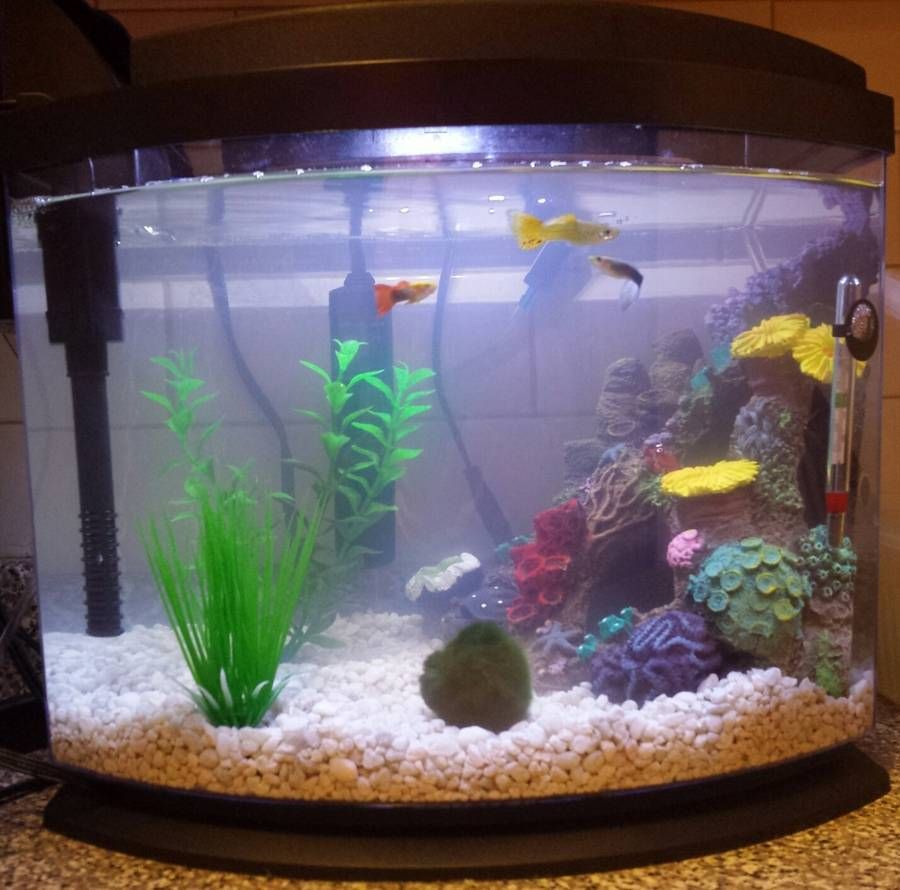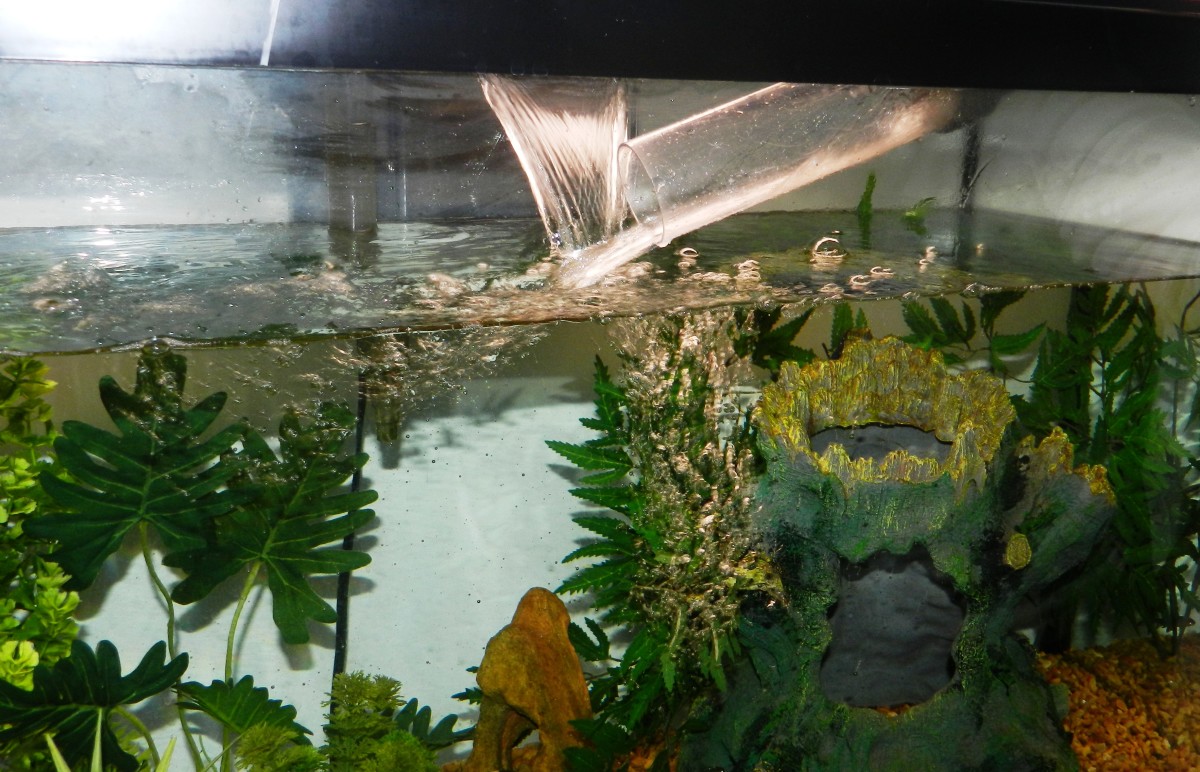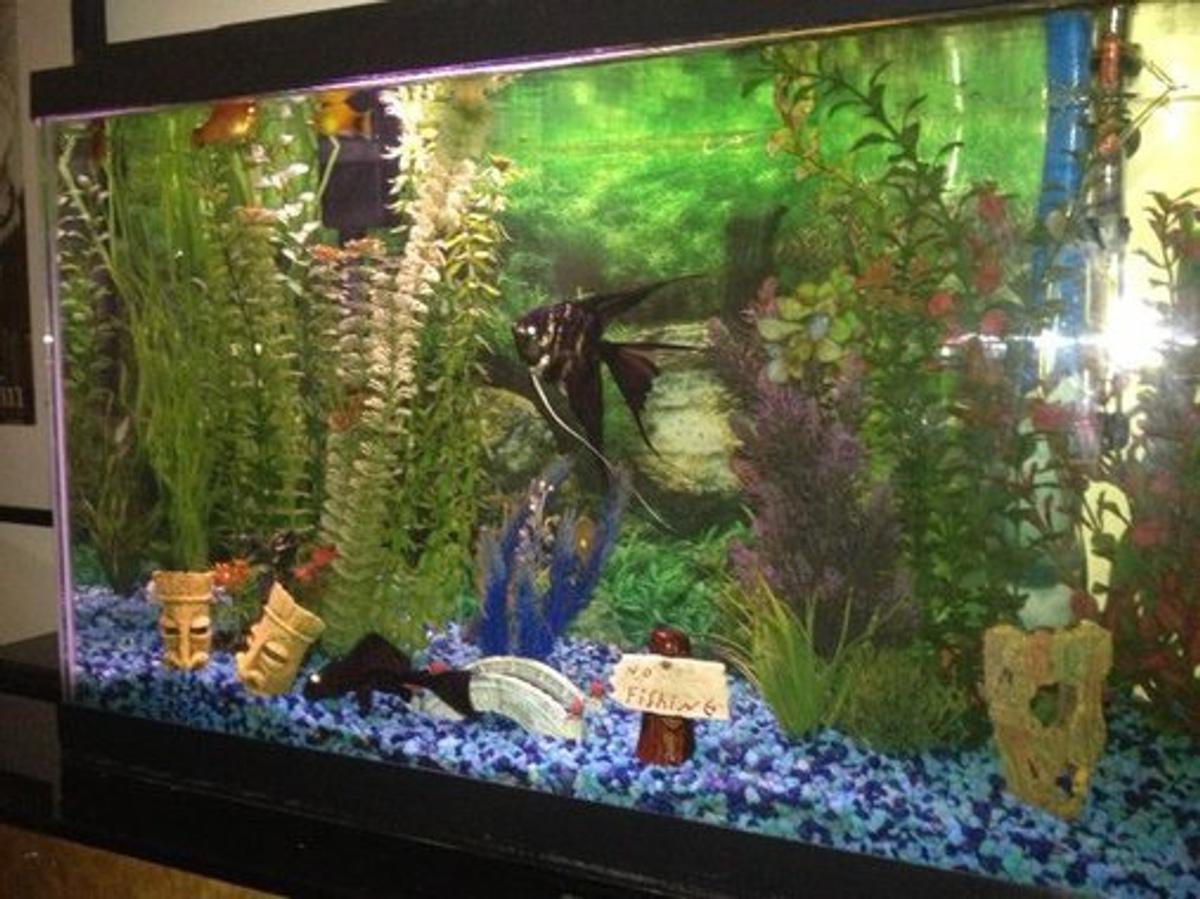Introduction: The Murky Mystery of Cloudy Tanks
Aquarium enthusiasts often embark on their aquatic journeys with visions of crystal-clear waters teeming with vibrant life. However, the reality can sometimes be a hazy disappointment when their fish tanks turn cloudy, obscuring the beauty within. This frustrating phenomenon not only mars the visual appeal but can also indicate underlying issues threatening the health of the aquatic ecosystem. In this comprehensive guide, we delve into understanding the causes behind cloudy water and explore effective solutions to restore clarity, ensuring a thriving environment for your finned friends.

Understanding the Causes: A Muddy Dive into Origins
Cloudiness in aquarium water can stem from two primary sources: chemical imbalances or biological disruptions. The first type, often referred to as “new tank syndrome,” occurs when a newly set-up aquarium has not yet established a stable bacterial colony. Ammonia and nitrite, byproducts of fish waste and uneaten food, accumulate unchecked, leading to a condition known as “bacterial bloom.” This sudden proliferation of bacteria creates a turbid appearance. Alternatively, the cloudiness could result from suspended particles, such as fine debris, algae spores, or excessive organic matter, which give the water a milky hue.
Diagnosis is Key: Unraveling the Cloudy Conundrum
Before attempting any remedies, accurately identifying the root cause is crucial. A simple test kit can help measure the levels of ammonia, nitrite, and nitrate, providing insights into whether the cloudiness is due to a chemical imbalance. If these readings are within safe parameters, the issue likely lies in physical contamination. Observing the nature of the cloud – whether it’s a white haze or brownish tint – can also offer clues. White clouds usually suggest bacterial blooms, while brown or green tinges point towards algae or detritus suspension.

The Battle Plan: Clearing Chemical Imbalances
Addressing chemical imbalances requires patience and diligence. Frequent partial water changes (around 25% weekly) using treated, dechlorinated water can gradually dilute toxins while replenishing essential minerals. Avoid overfeeding to reduce waste production and consider using a quality filter media designed to foster beneficial bacteria growth. Ammonia- and nitrite-removing products can also provide temporary relief but should not substitute for natural biological filtration. Patience is key; establishing a healthy nitrogen cycle may take several weeks to months.
Physical Contamination: Removing the Haze
For tanks plagued by physical contaminants, mechanical filtration plays a pivotal role. Upgrading your filter system with finer filter pads or adding a dedicated micron filter can trap minute particles, gradually clearing the water. Regular vacuuming of the substrate and pruning of overgrown plants can prevent debris accumulation. Additionally, employing a protein skimmer can be highly effective in removing dissolved organic compounds that contribute to cloudiness. It’s essential to maintain consistent maintenance routines to prevent recurrence.
The Role of Live Plants: Nature’s Purifiers
Introducing live plants into your aquarium can work wonders beyond aesthetic enhancement. They act as natural filters, absorbing excess nutrients like nitrates and phosphates that can fuel algae growth. Through the process of photosynthesis, plants oxygenate the water and release valuable compounds beneficial to the entire ecosystem. A well-planted aquarium not only aids in maintaining clarity but also contributes to a balanced and self-sustaining environment.

Emergency Measures: Quick Fixes and Prevention
In severe cases where immediate action is necessary, using flocculants can rapidly clear the water by causing suspended particles to clump together and settle at the bottom for easy siphoning. However, these should be seen as short-term solutions and followed up with addressing the underlying issue. To prevent future occurrences, establish a regular maintenance schedule that includes testing water parameters, water changes, cleaning filters, and monitoring plant growth. Consistency is paramount in aquarium keeping.
The Patience Factor: Understanding the Healing Process
Restoring clarity to a cloudy fish tank is not an overnight task. It requires time, consistent effort, and a deep understanding of the delicate balance within the aquatic ecosystem. Patience is perhaps the most overlooked virtue in aquarium maintenance. Rushing to add new fish or over-treating the water can undo progress and stress the inhabitants. Trust in the process and allow nature to take its course under your careful guidance.

The Science Behind Water Changes: Renewing Vitality
Water changes are a fundamental practice in maintaining a healthy aquarium. They serve to dilute accumulated waste products, replenish essential minerals, and adjust water chemistry back towards optimal levels. By regularly replacing a portion of the old water with fresh, properly treated water, you actively counteract the buildup of harmful substances that could otherwise lead to cloudiness or more severe health issues for your aquatic life. Aim for small, frequent water changes rather than infrequent, large ones to minimize stress on the ecosystem.
The Importance of Monitoring: A Proactive Approach
Regular monitoring of water parameters such as pH, ammonia, nitrite, nitrate, and hardness is crucial in preventing and resolving water clarity issues. Test kits are readily available and simple to use, enabling you to detect imbalances early on. Understanding these readings helps you make informed decisions about adjustments needed in your maintenance routine. For instance, high nitrate levels often indicate a need for increased water changes or better biological filtration.
Nutrient Control: Starving Algae and Cloudiness
Controlling the nutrients that feed algae is another strategy for maintaining clarity. Besides live plants uptake, you can limit phosphate and nitrate input by avoiding overfeeding, using RO (reverse osmosis) water for water changes, and selecting aquarium products low in these nutrients. Reducing light exposure, especially during algae bloom periods, can also curb excessive growth since light is a vital component for photosynthesis.

Conclusion: A Crystal Vision for Aquatic Enthusiasts
A cloudy fish tank, though disheartening, presents an opportunity to deepen our understanding of aquarium care and the intricate relationships within our miniature underwater worlds. By systematically diagnosing the cause, implementing targeted solutions, and nurturing patience, we can transform even the murkiest of tanks into dazzling displays of aquatic harmony. Remember, clarity is more than just visual; it signifies a thriving, balanced ecosystem where every organism flourishes. With dedication and the right approach, the fog will lift, revealing the true beauty of your aquatic haven.










